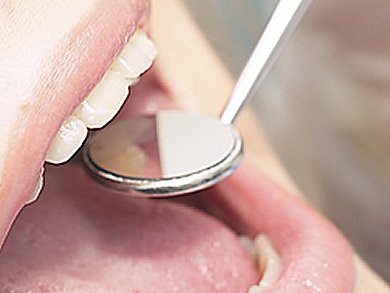Stefan Gafner, Tom’s of Maine, Kennebunk, Maine, USA, and colleagues identified two substances in Chinese licorice (Glycyrrhiza uralensis Fisch., Fabaceae) — used extensively in Chinese traditional medicine — that kill the major bacteria responsible for tooth decay and gum disease, the leading causes of tooth loss in children and adults.
The two licorice compounds, licoricidin and licorisoflavan A, were the most effective antibacterial substances. They killed two of the major bacteria responsible for dental cavities (Streptococcus mutans and Streptococcus sobrinus) and two of the bacteria that promote gum disease (Porphyromonas gingivalis and Prevotella intermedia). Licoricidin also killed a third gum disease bacterium Fusobacterium nucleatum. The researchers say that these substances could treat or even prevent oral infections.
- Isoflavonoids and Coumarins from Glycyrrhiza uralensis: Antibacterial Activity against Oral Pathogens and Conversion of Isoflavans into Isoflavan-Quinones during Purification,
Stefan Gafner, Chantal Bergeron, Jacquelyn R. Villinski, Markus Godejohann, Pavel Kessler, John H. Cardellina, Daneel Ferreira, Karine Feghali, Daniel Grenier,
J. Nat. Prod. 2011, 74 (12), 2514–2519.
DOI: 10.1021/np2004775



